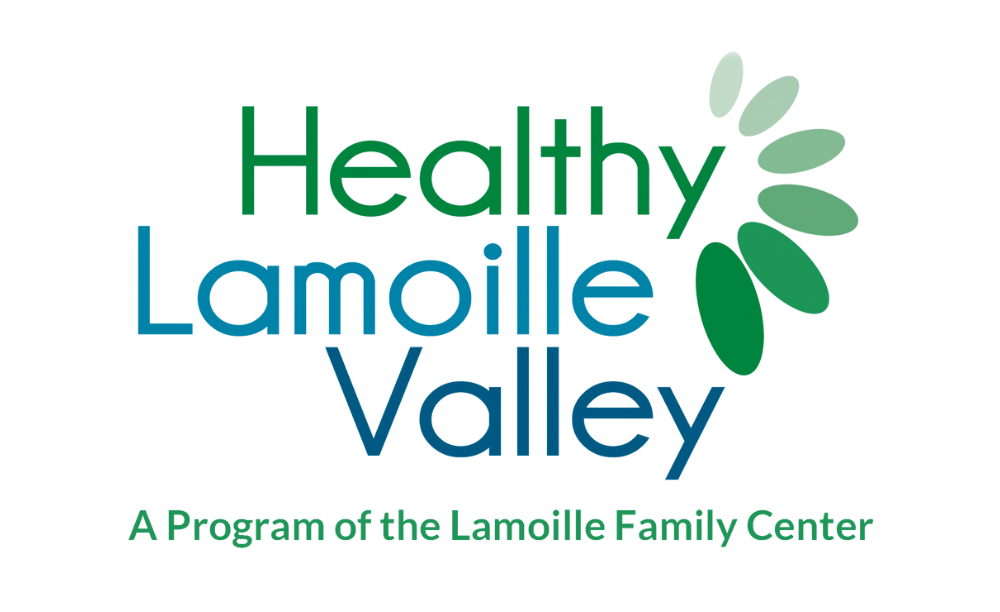High School
& Beyond
Session 11:
Risk Taking: The Good, The Bad, and The Ugly
Before you begin, read how you might use TW2:
Feel free to explore other grade levels for more inspiration, resources, and implementation ideas.
Session 10:
Risk Taking: The Good, The Bad, and The Ugly
Supplemental Materials & Supplies:
The following are good videos to show students:
Risky Decisions -- They Can Be a Good Thing for Teens to Make:
- Risk Index, Decision Trap
- HALT: Don’t take a risk when you are hungry, angry, lonely, or tired
- Don’t cross the stupid line!
How Friendship Affects the Brain
The Adolescent Brain: A Second Window of Opportunity
Basic Ideas:
Risk taking is a very important part of adolescence. Many think that risk taking is negative, but there are many positive benefits from positive risk taking. The problem is that it is often challenging for young teens to differentiate between the two. It is hard for them to assess what might be a positive risk or a negative risk, which leads to poor or ineffective decision making.
Risk taking occurs throughout the day, and especially during free time because it is a “freer” context. Furthermore, because teens are often in social situations, the possibility for making risky decisions increases. It is also easier to experiment and explore one’s boundaries during free/leisure time.
Notes for Teachers:
Some things research has told us:
Adolescents understand the concept of risk. They typically don’t underestimate risk, they tend to overestimate. They generally have an optimistic bias, thinking they can protect themselves more than their peers.
Hormones (testosterone and oxytocin) increase empathy and trust for their “in” group and heighten the need for affiliation and social “success.” Thus, especially young teens, are more likely to take risks when in the presence of their peers. You can see by the graph that the presence of peers significantly increases the likelihood of making a risky decision.
Because of brain development, teens are vulnerable to intense emotions and misinterpretation of others’ intentions and emotions.
Teen brains are also biased toward sensation seeking, which can be both positive and negative, and the free time context offers many opportunities for sensation seeking.
These factors contribute to why substance use starts for most people during their teenage years. Teens are much more likely to decide how to act in a situation or to express a preference for something faster than adults would in a similar situation. Mature decision makers have had more experience and pay attention to relevant information and exclude extraneous other things going on.
“In the beginner’s mind there are many possibilities; in the expert’s mind there are few.”
-Shunryu Suzuki Roshi
Research has shown that bombarding teens with risk information won’t help them make better decisions, they will just know more. So, it is not very effective just to try to improve their accuracy of risk perception. Practice and discussing emotional salience work better. Learning how to think about risk and reward is helpful.
An aspect of brain development in teens pertinent to TimeWise2 is that goal directed behavior increasingly becomes important, which dovetails nicely with providing opportunities to make decisions and learn skills by scaffolding experiences so that teens have more and more responsibility for planning and making decisions. It is also a ripe time for teens to develop passions that will persist into adulthood.
Maybe Start With These Ideas:
Reasonable risk-taking behavior allows teens to develop skills in making choices, being independent, and taking responsibility for their actions. It allows them to understand themselves better. Also, exploring one’s boundaries and identity are important things for teens to do. Let them know these things are healthy and important to their growing up. But risk taking can be a slippery slope.
Use a few of the videos to spark discussions about when taking a risk is a positive thing, and when it is a negative thing. What clues in the environment might lead to deciding whether a risk is positive or negative. Can the same risk behavior, e.g., [choose something that would resonate with your students], be positive in one situation and negative in the other? What factors might be present to make the risk positive or negative? (For example, when stressed or angry or in a heightened emotional state, one might react to a situation differently than if one was in control. Or, when one is with a social group where one is trying to maintain or gain status, there may be a heightened chance for risk taking than if one was alone or with a couple close friends they don’t need to impress.). Talk about how being with peers has a major impact on good decision making as well as an increased likelihood of taking a risk that will have negative consequences.
Help them learn to focus on taking a pause and exercising good decision-making. Discuss calculated risks.
Focus on taking calculated risks. See Risky Decisions -- They Can Be a Good Thing for Teens to Make
Brain Development
Watch one or two of the videos on brain development in teens.
Help students develop skills in reasonable decision making to develop confidence in their skills, especially in a social situation.
Marketing and Advertisement:
Discuss how society influences people, especially young people, to take risks.
Discuss screen time, especially phones. Help them understand that corporations are actively trying to get them to use their products (i.e., phones, computers, substances, vapes, alcohol, cannabis, etc.). How can they avoid being manipulated? Have them discuss this. Perhaps show examples of advertisements directed toward teens that could lead to risky behaviors with negative consequences. Examples follow but use or find ones that would resonate with your students. Have students find ads to share and discuss.
Examples of Advertisements Geared to Teens (click to view)





